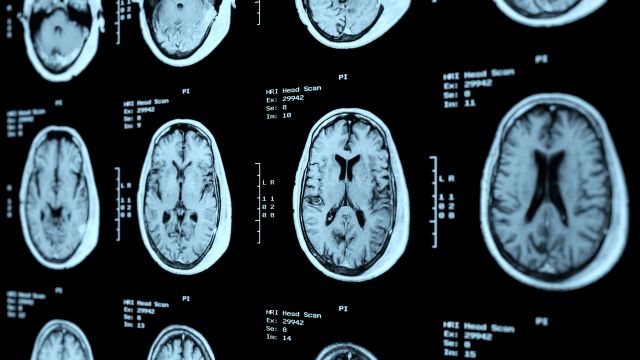Chronic traumatic encephalopathy, or CTE, is a degenerative brain disease tied to repeated head injuries. The most high-profile cases of the condition, which can be diagnosed definitively only after death, have involved professional football players and boxers. But much remains unknown about CTE, including how to distinguish it from other degenerative brain diseases before death and who is most susceptible.
Causes of CTE
One concussion wouldn’t necessarily be the sole cause of CTE. Fernando J. Manalac, MD, director of a sports-related concussions program at Holy Cross Hospital in Ft Lauderdale, Florida, says that popular culture often links the two, causing people think that a single concussion inevitably leads to CTE when it doesn’t. “They’re different,” he emphasizes. “Concussion is really a trauma to the brain, an injury to the brain causing cognitive impairment that gets better.”
By contrast, he says, CTE is progressive, meaning that it worsens over time. “CTE is a number of traumas and microtraumas that basically add up and later in life cause cognitive, emotional and motor problems,” he says.
That trauma could be what Manalac calls “subclinical,” or not causing overt symptoms. “On every football play, you see guys hitting their heads over and over, but they’re not concussed,” he points out. “So CTE may be from a number of those repetitive shots despite maybe never even having had a concussion.”
Risk factors for CTE
Given the link between contact sports and CTE, hits to the head look like an obvious risk factor. And it’s likely that repetitive brain or head trauma during sport is key, although similar trauma from blast injuries in military personnel has also been tied to CTE. Sustaining repeated head impacts before the age of 12 may also add to risk.
But Manalac says it’s more complicated than that, for one primary reason: “We haven’t been able to properly diagnose anyone with CTE disease while they’re living,” he says, “so we don’t know who exactly has it just yet.”
So far there has been only one study of a living person, a retired pro football player, who underwent an experimental test for CTE. The test, which relied in imaging of the man’s brain after it had absorbed a tracer molecule, suggested that he had signs of the disease.
Without an established test, CTE can’t be diagnosed
CTE is currently diagnosed after death, when the brain can be closely examined for signs of the protein tangles that characterize the disease. In life, the features of the condition are so similar to those of other neurodegenerative diseases that there’s not a good way to distinguish them, says Manalac. Many who have had CTE confirmed after death experienced personality changes, memory loss, emotional instability, and motor impairments while alive, all of which occur in other neurodegenerative conditions. Early symptoms can appear at a relatively young age, typically late 20’s and 30’s.
Prevention is the best option
Manalac says that to chase down truly effective treatments requires pinning down a way to diagnose CTE. All that can be done for people with suspected CTE is to use general therapies for nonspecific neurodegenerative disease features, such as some drugs used for Alzheimer’s symptoms. At present there’s no known cure for any neurodegenerative diseases.
Manalac grew up playing football and continued in college. “For me, football did a lot for my life,” he says. “Would I go back and change that now? I don’t think I would because I am in the position I am in today because of that sport.” However he also says that he would prefer his children to play noncontact sports.
If you are worried about contact sports, Manalac suggests that each family should talk about the risks together. “There are plenty of football players and boxers who have undergone significant head trauma, and they have not been diagnosed or CTE has not been found postmortem,” he points out. Because of this, it is thought genetics could also play a role in developing CTE.
And what about a child who really, really wants to get involved in a contact sport? “Just like concussions, be aware of the rules of the game and the proper equipment,” Manalac says. “If you’re going to play these sports, put yourself in the best position.”
